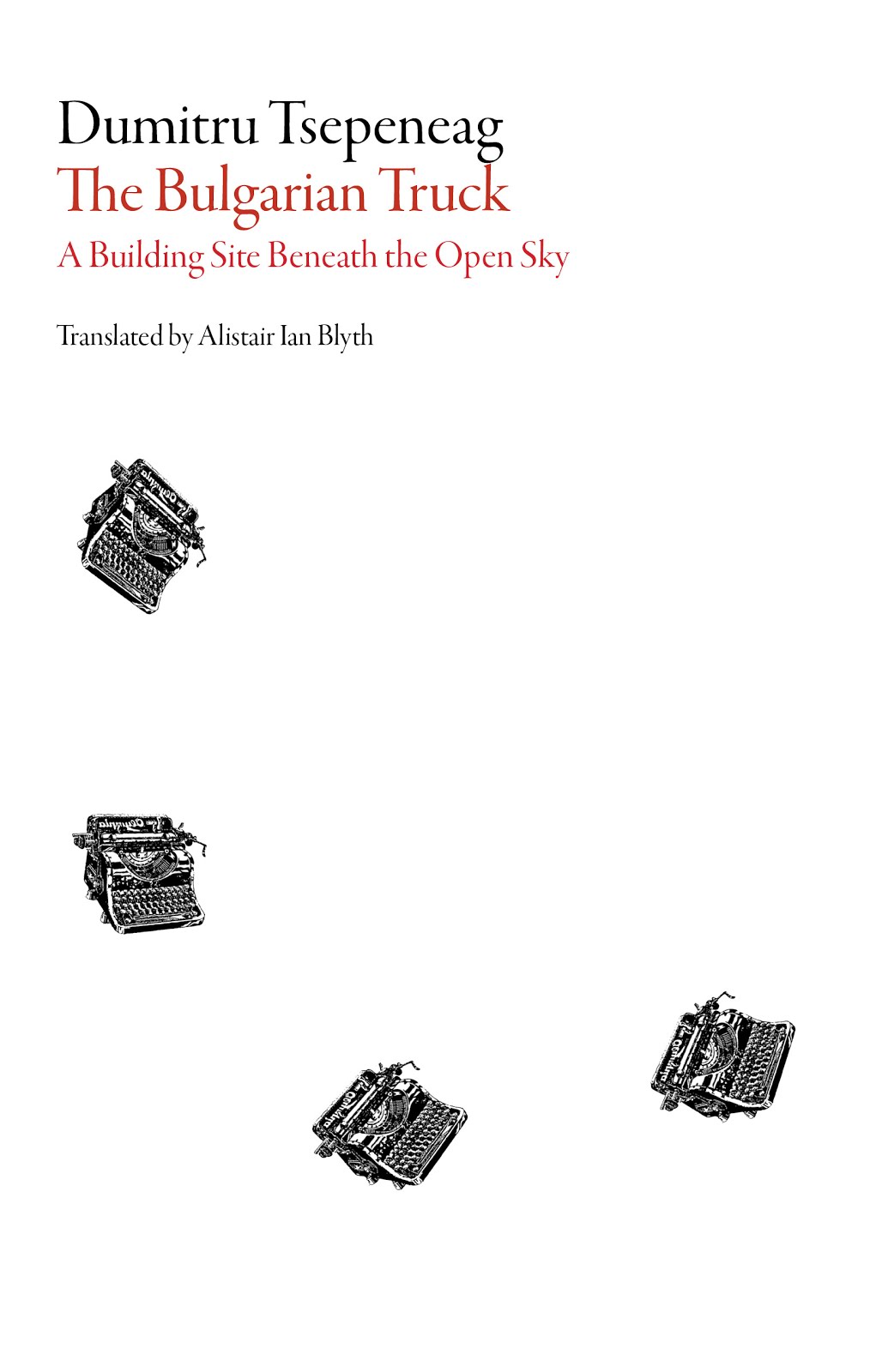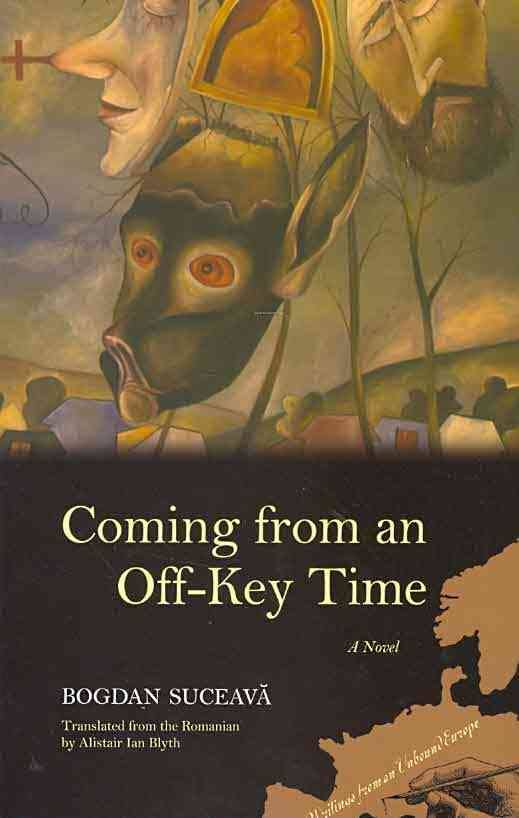A la vérité, ni plus ni moins dans le texte qu'ailleurs, parler d'inconscient n'est dire autre chose qu'effet d'inconscience. L'inconscient d'une certain façon n'existe pas, ni comme substance, ni même comme faisceau de relations. Il n'a pas de lieu, il est un feu, qui consume ce qu'il touche— en fait, apport d'oxygène qui intensifie certaines transmutations (...) On appelle inconscient un effet de désir qui insiste dans toute activité humaine et la rend insistante, qui la fait se tordre et parfois se boucler sur elle-même, qui la noue à sa plus secrète vivacité et tresse avec elle le fil de sa ruine. Signe de liberté, prix du plaisir, rançon de l'insatiabilité. L'atome non plus n'est pas une chose, c'est un effet d'énergie que nous percevons comme dépôt de puissance ; d'un tourbillon nous nous faisons un grain de matière. Ainsi disons-nous l'inconscient comme nous dirions un bazar plein d'objets hétéroclites, ce qui nous fait voir l'inconscient du texte sous la forme d'un énoncé caché sous d'autres énoncés.
Jean Bellemin-Noël, Vers l'inconscient du texte, PUF, 1979, pp. 195-6
To tell the truth, in the text no more, no less than anywhere else, to speak of the unconscious is to say nothing other than the effect of the unconscious. In a certain way the unconscious does not exist, neither as a substance, nor even as a network of relations. It is not in any place, it is a fire that consumes whatever it touches, or rather an oxygen supply that intensifies certain transmutations (...) What we call the unconscious is an effect of desire that persists in every human activity and makes it persistent, that makes it bend and sometimes loop around itself, which knots it in its innermost animation and uses it to braid the thread of its own destruction. Sign of freedom, price of pleasure, wages of instability. The atom is not a thing either, but rather an effect of energy that we perceive as a storehouse of power; from a whirlwind we fashion ourselves a speck of matter. We thus say the unconscious the same as we would say a bazaar full of heteroclite objects, which makes us see the unconscious of the text in the form of a statement concealed beneath other statements.






















No comments:
Post a Comment